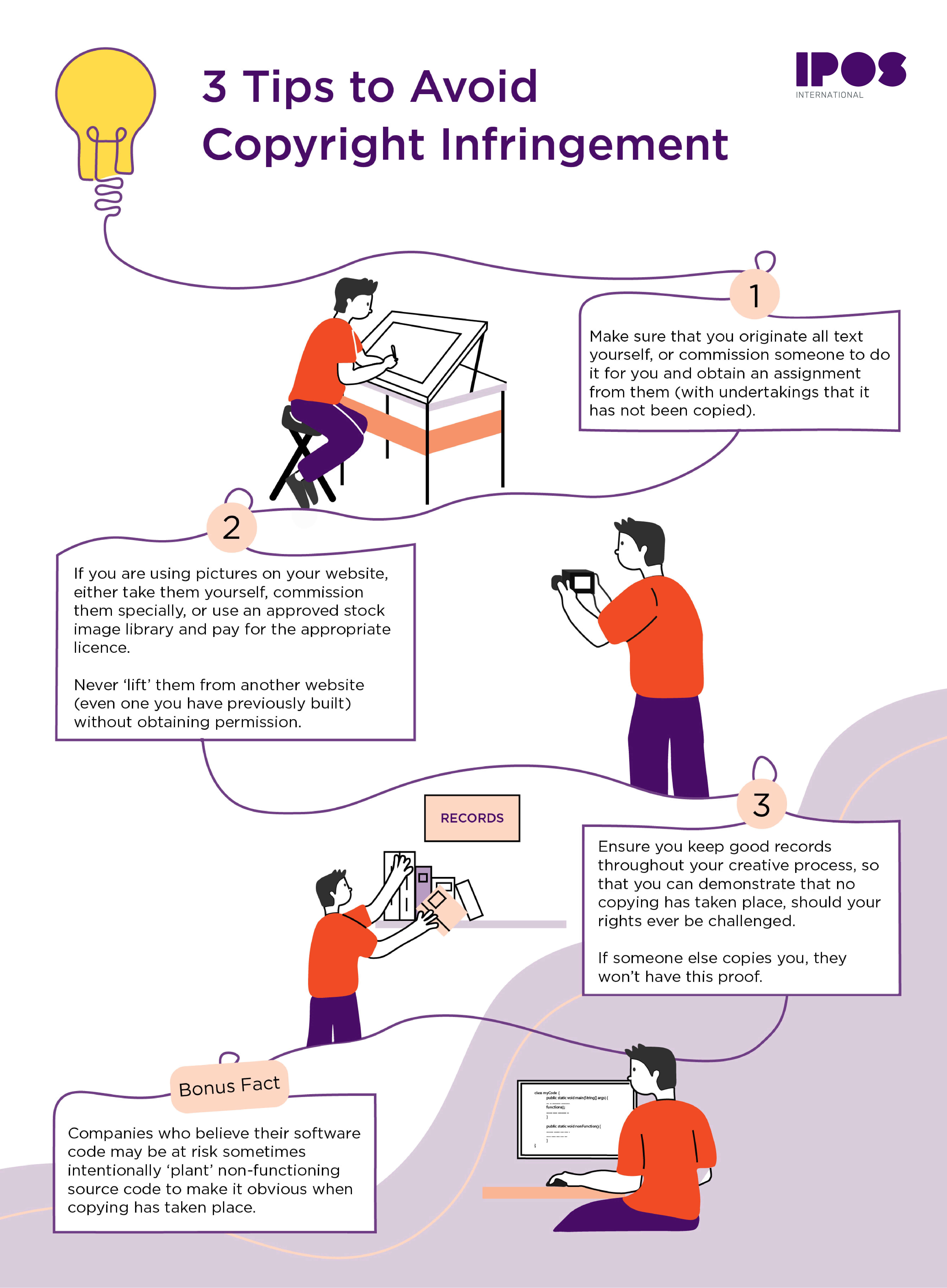
From Pulling Data to Pushing Borders

For organisations, the goal to globalise is common to the core of their long-term plan. In a survey conducted by the Singapore Business Federation found that in 2017, 4 of 5 Singapore firms expanded overseas or have overseas business activities. These activities generate information in the form of data, ranging from the estimated market size, actual number of products or services purchased to milestone numbers to predict trends.
The Data
“Data are just summaries of thousands of stories – tell a few of those stories to help make the data meaningful.” — Chip & Dan Heath
Data collected is just a number until the number can be tagged to a name. Each name has a background and collectively, these background(s) can be pieced together to form an overall story. Organisations can then use these stories to paint the pictures they envision. Data sitting in the server occupies space and requires money to maintain. Getting the data to reveal what it represents will become a critical asset that plays a role in the organisation’s story to bring more colour and clarity to the overall picture.
Looking at these assets as tradable commodities rather than just numbers provide for a more subjective representation as well as increases the overall contribution and worth it has to the organisation. This will help to expand the customer market group that organisations can target.
Read also: Harnessing IP in Today's Digital Economy
The Market
Solely relying on corporate direction and ignoring what the market data is representing, inhibits organisations from achieving optimal expansion. With digitalisation and blurring physical borders, this creates opportunities for organisations to identify consumer groups beyond the confines of the physical territories they operate in. By combining market data, understanding of consumer markets and the goal of the organisation, this can generate plans for additional business offerings.
Understanding the groups of consumers to target as well as method(s) to reach them is critical to every business.
Read also: Planning For Success
The following WeChat case study shows the shift in the different markets as well as how they use the data collected to make future business decisions.
Case Study: WeChat
WeChat initially established itself as the go-to messaging and social media platform in China (primary market), has now expanded both in territories (secondary markets) as well as capabilities of the platform.
WalktheChat1 published an article in 2018 showing that WeChat commands 34% of total mobile traffic in China, this is compared to Facebook which commands 14.1% in North America. Considering the statistics, this indicates heavy usage of WeChat’s offerings to consumers. The data can be further analysed on granular levels such as understanding age demographic or time spent on different functions on the platform. The data can then be used to better curate functions offered to consumers.
The migration of Chinese nationals into foreign countries have introduced the awareness and uptake of WeChat to the local communities. These new groups of consumers may not have been considered by WeChat but due to social migration, they now contribute to an expanded market WeChat can target (organic market creation). This shift in global consumer demand has allowed WeChat to be able to leverage on the different functions of WeChat to execute their operations across international borders such as through WeChat pay, creating secondary opportunities that were not originally part of the initial corporate plan.
Case Study: Pokemon
The initial primary market of Pokemon was as a game and anime intended for the Japan market with no immediate plans for the global market.2 However, an outside-Japan demand for the content arose and showed interest for the series, which led to the launch into America and following the hype generated, further expansion to a greater global audience. The global consumer consumption data enabled Nintendo to expand the range of offerings beyond the gaming console including but not exclusive to an anime series, card game and merchandises, catering to the increased acceptance to new content.
The launch of Pokemon Go on mobile devices pushed the demand for content even further. Understanding that consumers want to “complete” their collection of Pokemon3, the game created region-specific Pokemon that can only be found in specific parts of the world.
As a fan and avid player of the games/series, I feel more can be done to engage consumers further on a personal level. One such example could be through (Pokemon Go) periodic limited releases of rare or exclusive Pokemon to visitors at the Pokemon Centers, to maximise the interaction with the brand and consumers. Having been to most Pokemon Centers in Japan, the demand is not lacking but the supply of content away from physical merchandise is limited. Looking at the number of active Pokemon Go players, this creates an untapped opportunity for the Pokemon Centers to offer digital content. By having visitors at the Pokemon Centers connect their Pokemon Go app to the store and have access to region/location-specific content (eg. items, Pokemon variants etc).
Read also: Intellectual Property Rights and the Virtual World
Conclusion
Using data to predict and forecast consumer wants, can create new business opportunities. Organisations with the ability to analyse the data they have collected yet maintaining corporate direction, hold a key asset in industry positioning. The same set of data in the hands of different organisations, with their individual corporate directions and views, will yield different data analysis and interpretation results. Such competitive advantage of organisations cannot be easily replicated by competitors and can be beneficial in the long run through market dominance.
Understanding legacy data, combining with forward-looking planning and analysis, enable organisations to maintain their competitive advantage and push the border of globalisation. By repeating the steps of pushing boundaries and pivoting, organisations will be able to better position themselves to meet the ever-changing demands of the market.
1https://walkthechat.com/wechat-impact-report-2018-shows-impressive-social-impact/
3https://www.livemint.com/Sundayapp/Z7zHxltyWtFNzcoXPZAbjI/A-brief-history-of-Pokmon.html



Book a complimentary chat with us to learn how you can leverage on your IP.
Book IA Chat Session

